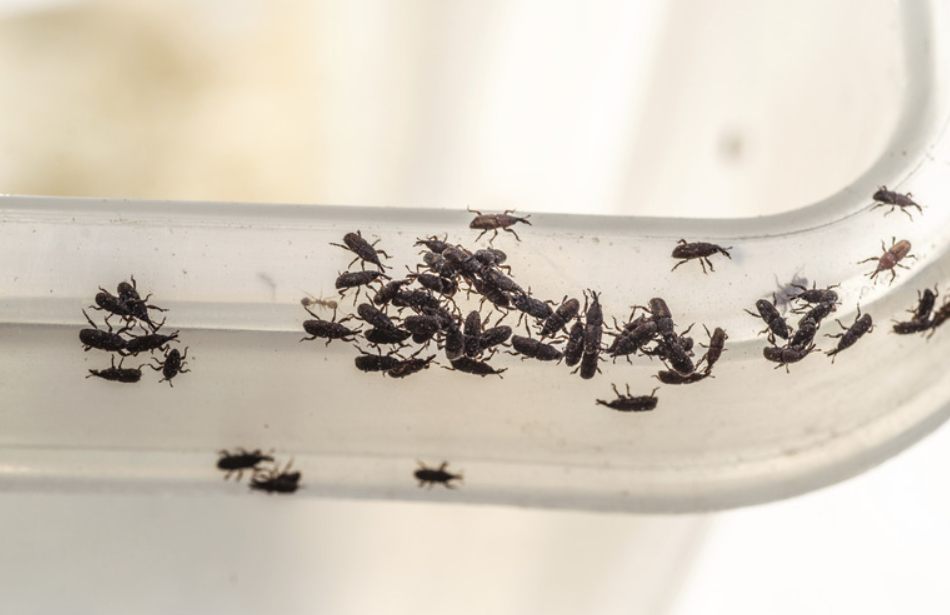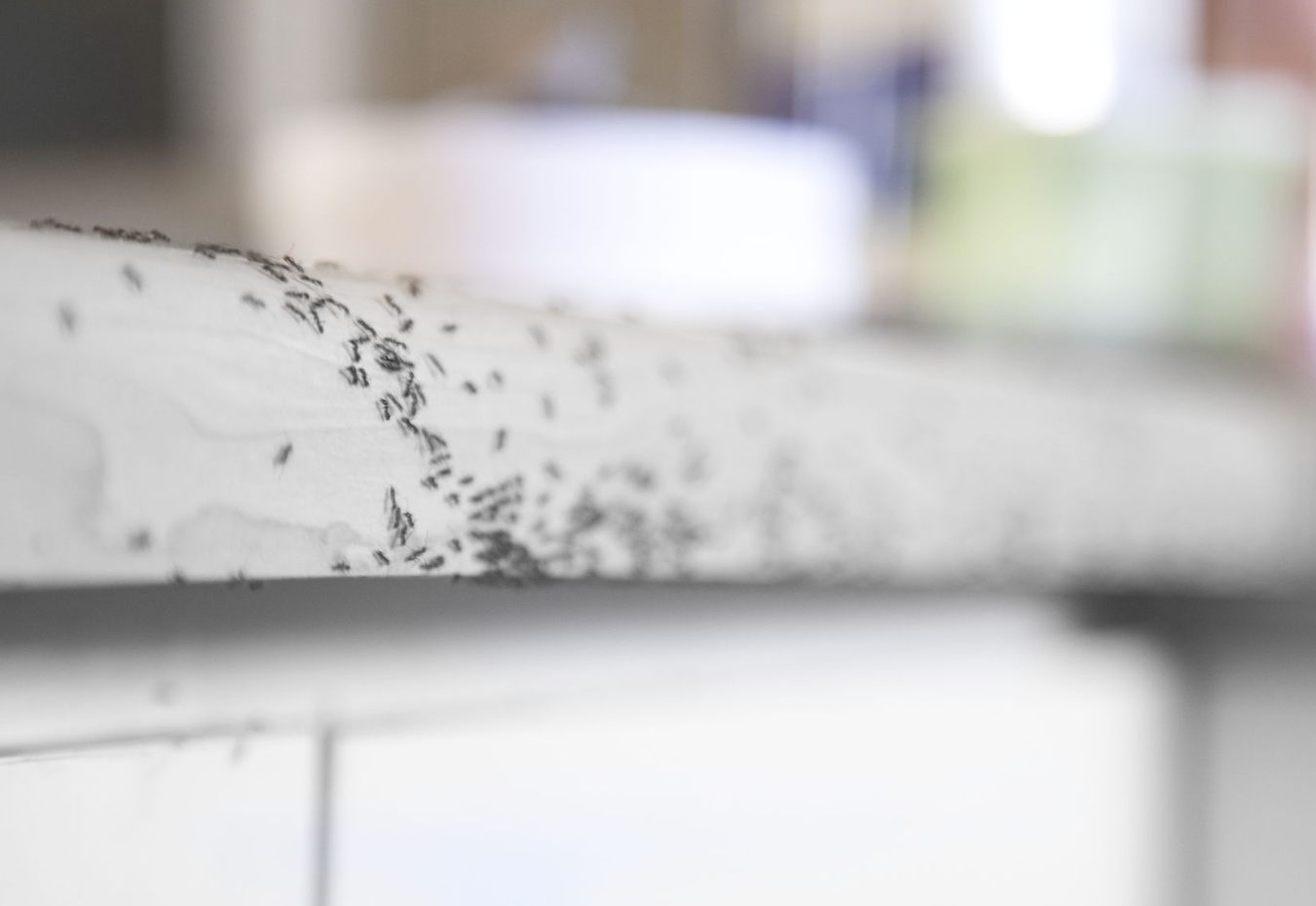How to get rid of tiny bugs in house
And minuscule housebugs can be not just unpleasant, they are harmful to the health, wreck the house and leave the home unhygienic. Fruit flies, dust mites, you name it, it’s just a given that you’re going to find them, but with the right techniques and understanding, you can handle and avoid them. Here is an essay with practical, professional, and personal suggestions for spotting, killing and avoiding these tiny invaders.
Identifying the Culprits
Understanding the pest is a big first when it comes to tiny bugs. Common examples include:
Fruit Flies: Common near overripe fruits or vegetables, fruit flies thrive in humid, natural areas.
Dust Mites: Distinct to the naked eye, these insects exist in sheets, sofas and carpets and prey on dead skin cells.
Ants: Small black or brown ants visit your home and steal food and water.
Pests in the Pantry: Beetles, weevils and moths can attack grains, cereals and dried goods.
Springtails: They love moist places such as bathrooms and basements.
Layla Armstrong, as the author of this article and a home management expert, says : Bring a magnifying glass and flashlight along in case there is a place where you will see bugs. Photograph the insects and use pest identification apps or professional help if you’re unsure.

Removing Bugs: Tried-and-Tested Methods
You can tailor the approach to zap it after you’ve identified the pest. Here are
some techniques for different bugs:
1. Eliminating Fruit Flies
They trap: Make your own DIY trap with a jar of apple cider vinegar and some dish soap. Cover the jar in plastic wrap and make holes in it. The flies attract to the vinegar and get caught.
Throw Awnings Out: Clear counters of over-ripe vegetables and fruits and mop up messes right away.
Experiment: I once got fruit fly on my hands after leaving bananas out too long. The vinegar trap was the key but then I started placing produce in sealed containers or the refrigerator.
You can also read these articles on our website:
- Best indoor plants for mental health
- How to unclog a toilet fast
- How to get rid of musty smell under sink
2. Fighting Dust Mites
Wash Bedsheets Every Week: Launder sheets, pillow cases and blankets with hot water every week. Dry them over high heat to snuff out mites.
Cover Mattresses and Pillows with Dust Mite Covers: Wrap mattresses and pillows in allergen-free covers to minimise exposure.
Maintain Humidity: Maintain humidity below 50% with a dehumidifier or air conditioner because dust mites like damp spaces.
Tip from the Pros: Make sure to get a HEPA vacuum to get rid of the dust and allergens. Vacuuming your carpets and upholstery often can greatly reduce the numbers of dust mites.

3. Controlling Ants
Access the Root: Follow ant tracks for portals. Fill in cracks and crevices with caulk.
Natural Deterrents: Add cinnamon or dunk cotton balls in peppermint oil around entry points. These home remedies ward off the ants.
-Beattie: Put up commercial ant baits near trails. The ants bring the poison back home and kill the infestation.
Note from Myself: Ants used to show up in my kitchen every summer. They had no use at home, I learned, if I left the counters uncrumbly and sealed off sugar and flour tubs.
4. Managing Pantry Pests
Check Food: Inspect the packages for tears or insect spots prior to buying your groceries.
Freeze Dry Goods: Freeze grains and cereals a few days after purchase to kill eggs or larvae.
Wash Shelves Well: Pull everything off the pantry shelves, vacuum and clean the shelves with vinegar so that future bugs won’t bother you.
5. Handling Springtails
Slow Down the Moisture: Clean leaks, vent better, dehumidify wet rooms such as basements.
Strictly Clean: Clean floors often with sweeping and mopping, to get rid of natural dirt that springtails love to eat up.
Seal Cracks: Caulk a crack around windows, doors, and baseboards that springtails can get into.
The Story: A springtail in my bathroom remained persistent for many months which made me realize that ventilation is key. When I set up an exhaust fan and kept the space dry, the issue was gone within weeks.
Preventing Reinfestations
Prevention is always better than cure. And with these habits in your daily routine, small pests won’t find their way into your house:
1. Maintain Cleanliness
Always vacuum and dust regularly to get rid of crumbs, waste and dust that draws in insects.
Put away trash each day, especially in the kitchen and disinfect it every week.
2. Store Food Properly
Prevent pantry bugs with airtight containers for grains, cereals and snacks.
Don’t let pet food sit out on a counter for too long, it’ll be an ant’s dinner.
3. Control Humidity
Use dehumidifiers in moist places like the basements and bathrooms.
Leave windows open or exhaust fans running when you’re cooking or showering to lower humidity.
4. Inspect and Repair
Fill holes and crannies around walls, doors and windows.
Get your leaky pipes and faucets fixed immediately so the place doesn’t become a watery place for insects.
The Role of Professional Help
Some times, you’ll get tiny bugs stuck even if you do everything right. That’s where a professional pest control company can come in. It is up to pest control professionals who know the tools and experience to tackle infestations.
Expert Pro Tip: While hiring a pest control company, ask them to work with non-toxic, green solutions if you have children or pets at home.
Conclusion
Housewives are petty nuisances, but they aren’t doomsday. If you pinpoint the pest, employ precise treatment methods and preventive strategies, you will have a home to call your own again. I’ve been a sufferer of these bugs so it has taught me that you have to clean your surroundings and be vigilant and proactive in keeping them out.
There are some solutions that take a little trial and error, but don’t give up. And also, don’t hesitate to take professional help if in doubt so your home is safe and cozy for you and your family.
FAQ :
- How to get rid of tiny black insects?
To eliminate tiny black insects, identify the type first, as treatment varies. Clean the affected area thoroughly, removing food sources and standing water. Use insecticidal sprays or natural remedies like vinegar or essential oils. Seal cracks and gaps to prevent their entry. - What are the bugs that look like tiny black specks?
Tiny black specks could be fungus gnats, fleas, carpet beetles, or booklice. Fungus gnats are common near plants, while fleas are often found on pets. Carpet beetles and booklice thrive in damp, dark areas. Proper identification is key to effective control. - Why am I getting little bugs in my room?
Little bugs may enter your room due to food crumbs, moisture, or open windows. They are attracted to warmth, light, and organic materials like paper or fabric. Poor sanitation or nearby plants can also contribute to their presence. - How do I get rid of small insects?
To remove small insects, maintain cleanliness by vacuuming and wiping surfaces regularly. Use traps, insecticides, or natural repellents like diatomaceous earth. Fix leaks and reduce humidity to deter moisture-loving pests. Regularly inspect and clean hidden areas.
Article source:

I’ve been struggling with tiny bugs in my kitchen. Does the vinegar and water solution work for all types of bugs, or are there specific ones it targets?
I tried using essential oils like peppermint, but the bugs keep coming back. How often should I reapply the oils to keep them away effectively?
I’ve noticed tiny bugs near my houseplants. Would neem oil be a good option for treating the soil, or should I try something else?
I’ve been dealing with fruit flies in my kitchen lately. The tip about using apple cider vinegar traps seems practical. I’ll give it a try this weekend.
The section on sealing cracks and gaps to prevent bugs from entering is helpful. I noticed a few small gaps near my windows that I need to address.
I didn’t know that overwatering plants could attract gnats. I’ll adjust my watering schedule to see if it helps reduce the bugs around my indoor plants.